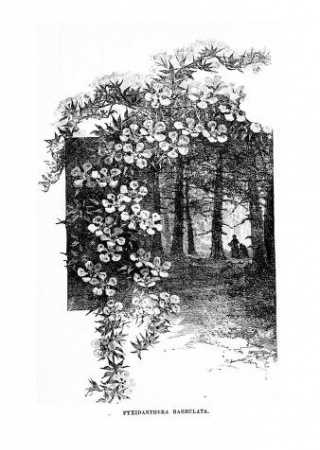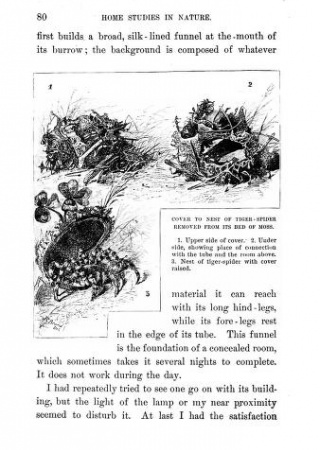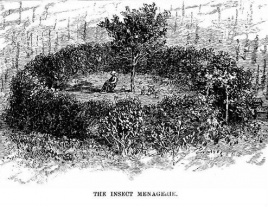Mary Treat
- The first evidence that Mary Treat was interested in insects came in 1869 when she wrote to the editor of American Entomologist, C.V. Riley, asking for help identifying a green beetle she found?
- Asa Gray of Harvard introduced Mary to Sir Joseph Hooker, director of Kew Gardens in London, as well as other famous naturalists and scientists, including Charles Darwin?
- Darwin said "Mrs. Treat of New Jersy [sic] has been more successful than any other observer" in comprehending the way in which bladderworts (Utricularia clandestina) capture insects?
- While in Florida, Mary discovered a water lily (Nymphaea flava) previously described by Audubon but considered a fiction?
- Mary discovered a new amaryllis lily, which Sereno Watson of the [Asa] Gray Herbarium named for her: Zephranthes treatae (Zephyr lily)?
- Mary was well-respected and well-liked by her male contemporaries, as evidenced by this quote written to her by Asa Gray, not normally known for being jovial: "most of the letters I have to respond to are done from a sense of duty; but yours are a treat"?
- Currently, people think of the New Jersey Pine Barrens as a dark and haunted place, with an abandoned town and a mythical creature known as the "Jersey Devil," but Mary thought the Barrens were "Nature's gardens, where [Nature] nourishes the sweet wildflowers in her own mysterious way. . .[with] flowers not to be met with in any other part of the world"?
- 1830 Mary is born in New York and then moves to Ohio as a child.
- 1863 At the age of 33, Mary marries an Ohio doctor, Joseph Burrel Treat, age 40.
- 1869 The Treats move to Vineland, NJ, where Mary will live most of the remainder of her life observing insects, birds and plants and writing books and articles about them.
- 1869 Joseph and Mary separate; he moves to New York.
- 1878 Joseph dies destitute in New York.
- 1880 Mary first publishes Home Studies in Nature.
- Beginning around 1880, Mary writes forty-one articles for Garden and Forest on the flora of the New Jersey Pine Barrens.
- 1923 Mary Treat passes away.
Mary Treat (1830-1923) was born in New York and moved to Ohio with her parents as a young child. She eventually married a doctor there, Joseph Burrel Treat; she was 33 and he was 40. Joseph was interested in natural science and this spurred Mary to indulge in her own botanical, entomological and other naturalist interests. In 1868, she and Joseph moved to Vineland, NJ, a new community known for its progressive humanist beliefs, agriculture and fruit culture. Charles K. Landis founded the town in 1861 and offered rewards to anyone who could keep the most insect pests from attacking the crops. This began the Treats' interest in entomology.
Between 1869 and 1880, Mary wrote ten articles on insects for American Entomologist magazine. She also wrote about birds and plants. She became special friends with Asa Gray, a Harvard botanist, C.V. Riley, editor of American Entomologist, as well as other male naturalists. Asa suggested where Mary might find botanical specimens, which she then sent to him, and he also introduced her to Charles Darwin. Mary and Darwin were both interested in the biologial mechanisms of carnivorous plants. Mary notably corrected Darwin about the mechanism by which bladderworts capture insects, and he capitulated that she was correct.
Mary traveled throughout the United States, but most of her life was spent observing insects and nature in her backyard in Vineland, NJ.




